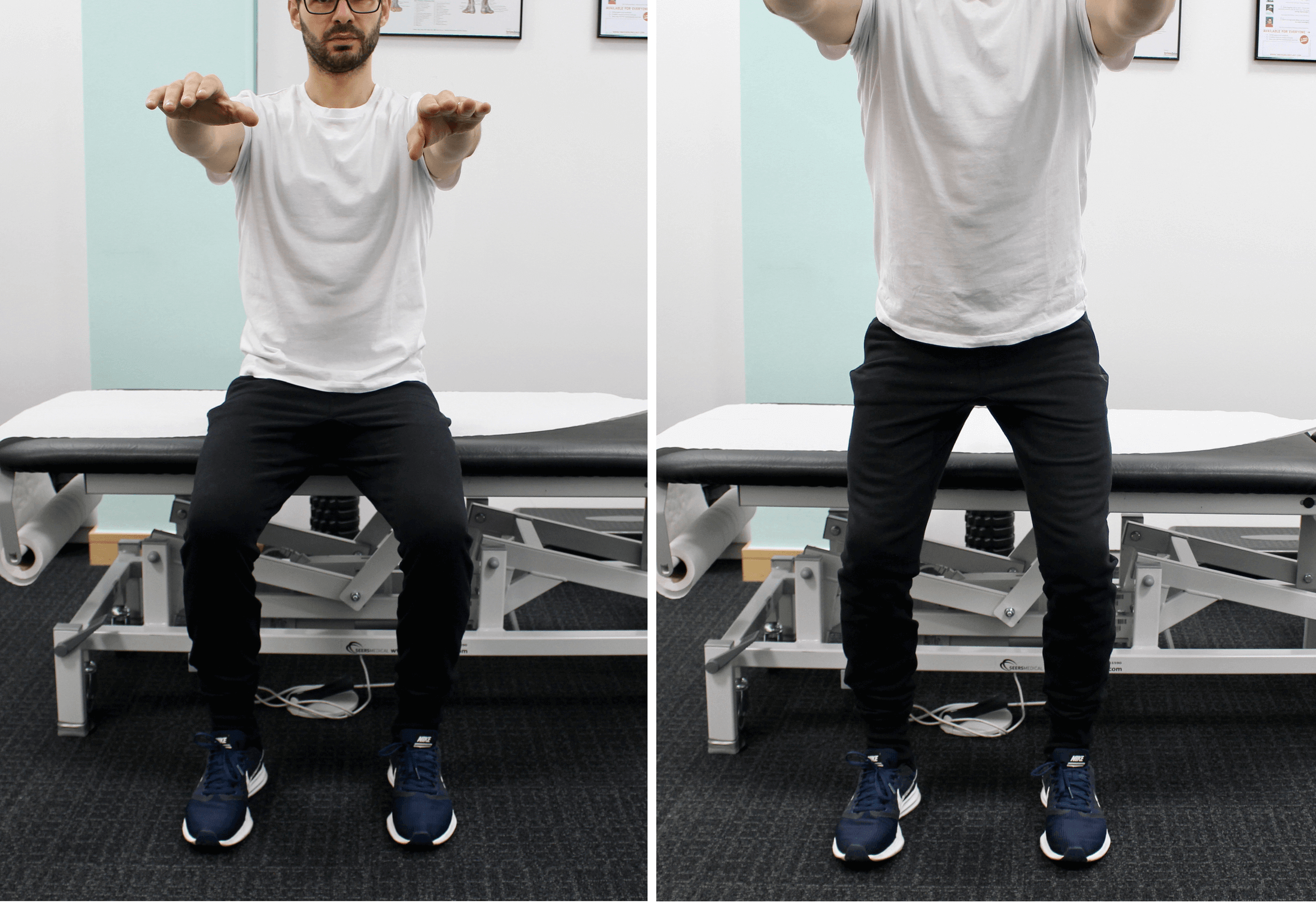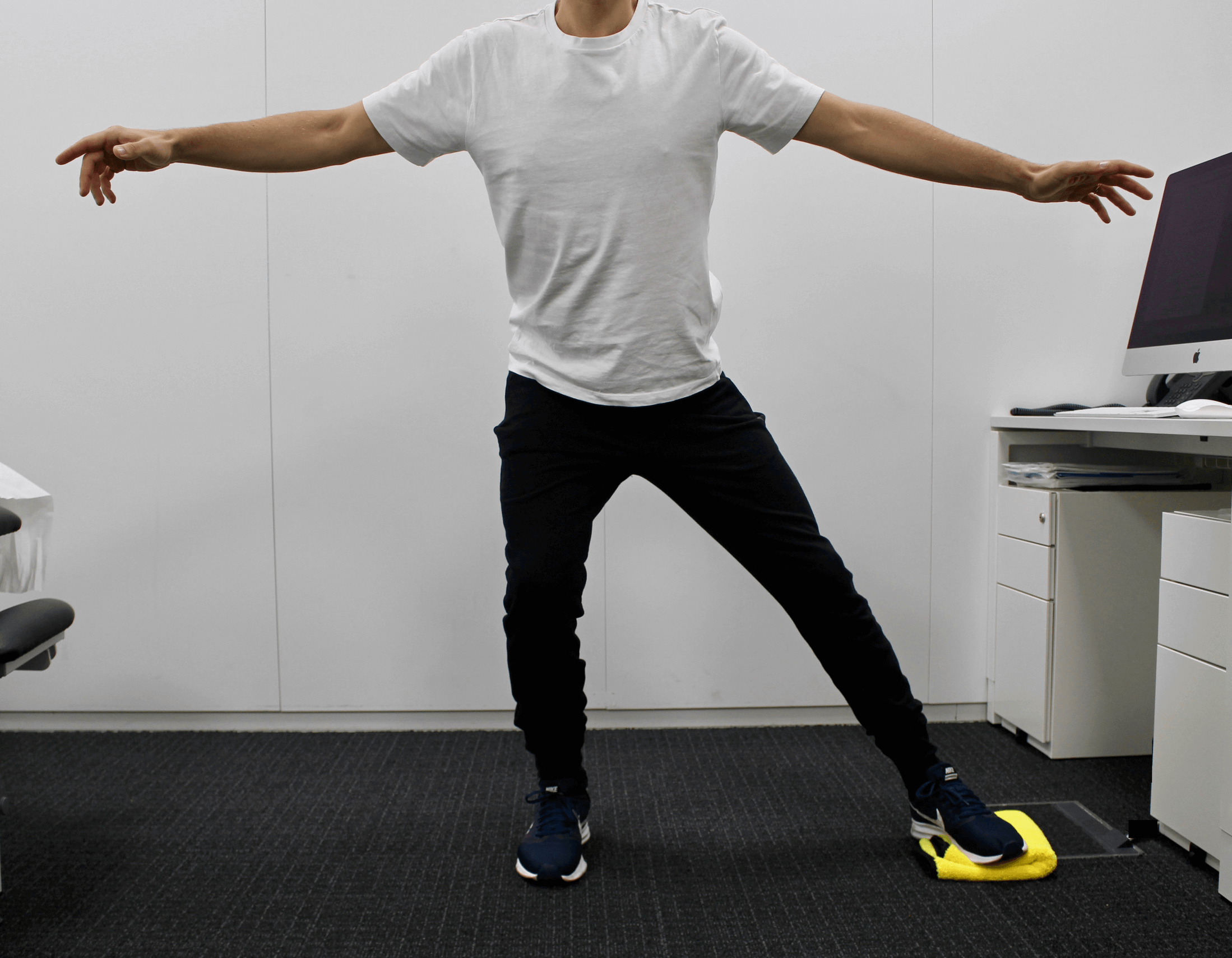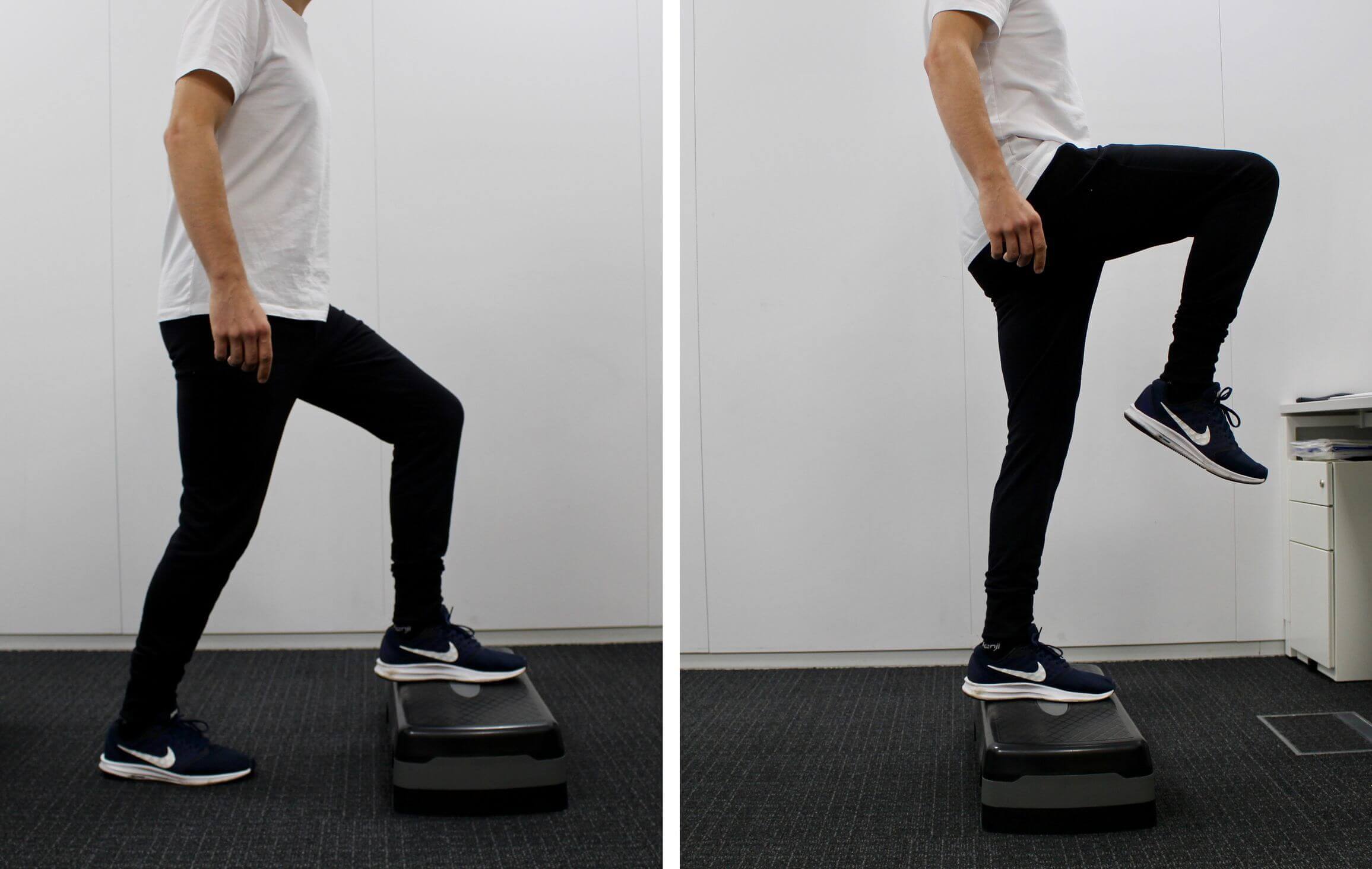Exercise is the best thing for you and your Arthritis symptoms – 3 exercises to improve your function levels
Overview
As discussed in the last article, the pictures and ideas we have about Arthritis (and any other conditions) will determine our behaviour towards it as well as the pain we get from it.
There are studies 1,2, that show that physical loading of the knee actually reduces the inflammatory response in the cartilage, which would be responsible for pain in the joint surroundings. So physical activity, as long as in an adequate level and modality, actually decreases pain in the long term.
There is strong evidence from more than 50 randomised trials supports the efficacy of exercise and international guidelines recommend it. Even though these are non-pharmacological and non-invasive components of rehab, exercise, education and weight-loss are not used to their fullest potential in the rehab of knee arthritis with or without menisci (cartilage) injury.3.
GLA:D – Good Life With OsteoArthritis In Denmark
It was based on this data that a group of physios in Denmark develop the GLA:D (Good Life with osteoArthritis in Denmark) program3.
This program proposes that people with different levels of joint degeneration, including meniscus (cartilage) injuries, are treated with a one hour “Neuromuscular Exercise” session twice a week for 6 weeks and are then followed-up 3 and 12 months. 2 years after it started, just under 9000 patients had taken part in the whole program, and some very significant conclusions were drawn.
Participants in this program significantly improved Pain, Physical Function, Physical Activity and Quality Of Life. There was also a significant reduction in the number of patients taking painkillers and being on sick leave.
Neuromuscular Exercises For Arthritis
The motion control of any joint in the body relies on precise and coordinated action from all the muscles that go through that joint and even on the joints nearby. The efficient centre of command for this process is the nervous system. It will gather all the information about the joint such as position in space, acceleration, environment features that may affect its function, pain, etc and plan what action each muscle will take in order to allow the best performance possible, with the least risk for the body.
Therefore, when there is pain in the joint, this “input”, will affect how the nervous system controls that joint and this coordination and synchronicity may get compromised making the joint less efficient and stable on its tasks, with increased risk of an injury if the challenge is too great.
How Do Neuromuscular Exercises Work?
Neuromuscular exercises (also called proprioceptive, joint stability or balance exercises) will train this relationship between the brain and the muscles which improves our ability to control the joint in an efficient way. At the same time they will also strengthen the knee muscles. These were the exercises that were mainly used by Ewa Roos and colleagues on the GLA:D program.
Below we’ll show you 3 safe neuromuscular exercises you can practice that will work on the knee strength and control:
Exercise 1: Sit-to-stand:

Sit on a chair or bench.
-
Bring your feet back so that they are not directly under the knees. With your arms raised and hands pointing forwards use a gentle thrust forwards with your trunk to start the movement and, then, stand up.
-
Make sure your knees stay apart and don’t move closer together.
-
Start with a higher chair and progress to a lower level.
-
5-10 repetitions; 2 sets
Exercise 2: Mopping

-
Stand with a cloth under the good foot on a floor where you can easily slide your foot in any direction.
-
Slightly bend the bad knee and slide the cloth forwards, backwards, sideways, relying on your bad leg to keep your balance. Move only as much as your discomfort allows.
-
2-3 reps of 20-30 secs
Exercise 3: Step exercise

-
Step onto the step with the bad side and push the good knee up in front of you and then come down backwards. Repeat with the other leg. Slower movements make the exercise harder, but will also enhance your balance.
-
Face the step at a 45 degrees angle and repeat the same motion with a mild rotation component.
-
Step onto the steps sideways and come down on the opposite side.
There will be videos of these on our Facebook and Instagram pages soon!
*****Disclaimer: When attempting these exercises, please use common sense and do not perform or modify if there is pain or discomfort! Knees can be easily irritable joints so please look for a qualified physiotherapist if you do experience knee pain. They can treat and supervise you through these exercises.
References:
- Wann A., Knight M. Primary cilia elongation in response to interleukin-1 mediates the inflammatory response. Cell Mol Life Sci. 2012; 69:2967–2977
- Fu S., Thompson C. L., Ali A., Wang W., Chapple J. P., Mitchison H. M., et al. (2019). Mechanical loading inhibits cartilage inflammatory signalling via an HDAC6 and IFT-dependent mechanism regulating primary cilia elongation. Osteoarthr. Cartilage. 27 1064–1074. 10.1016/j.joca.2019.03.003
- Skou and Roos, Good Life with osteoArthritis in Denmark (GLA:D™): evidence-based education and supervised neuromuscular exercise delivered by certified physiotherapists nationwide, BMC Musculoskeletal Disorders (2017) 18:72 DOI 10.1186/s12891-017-1439-y
